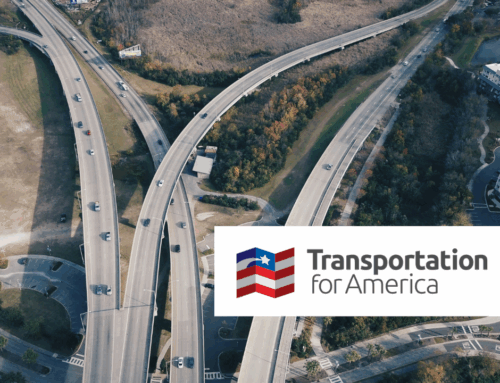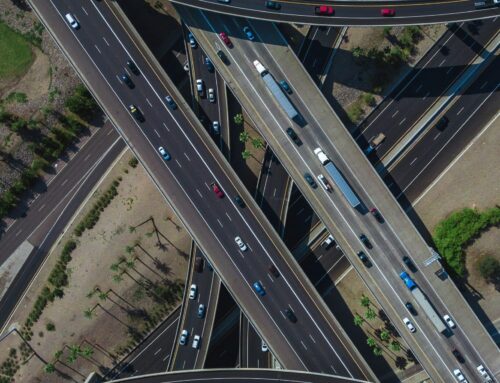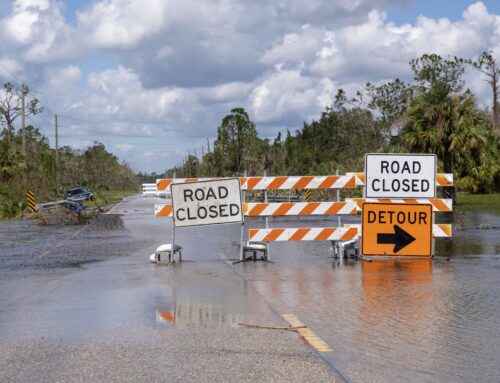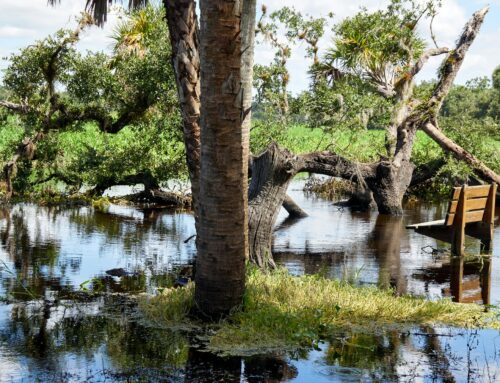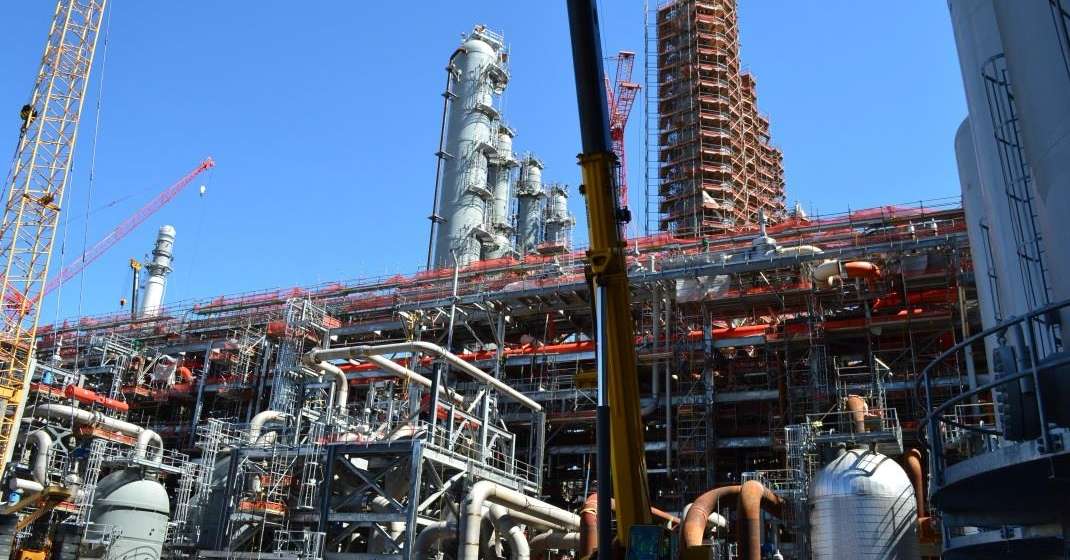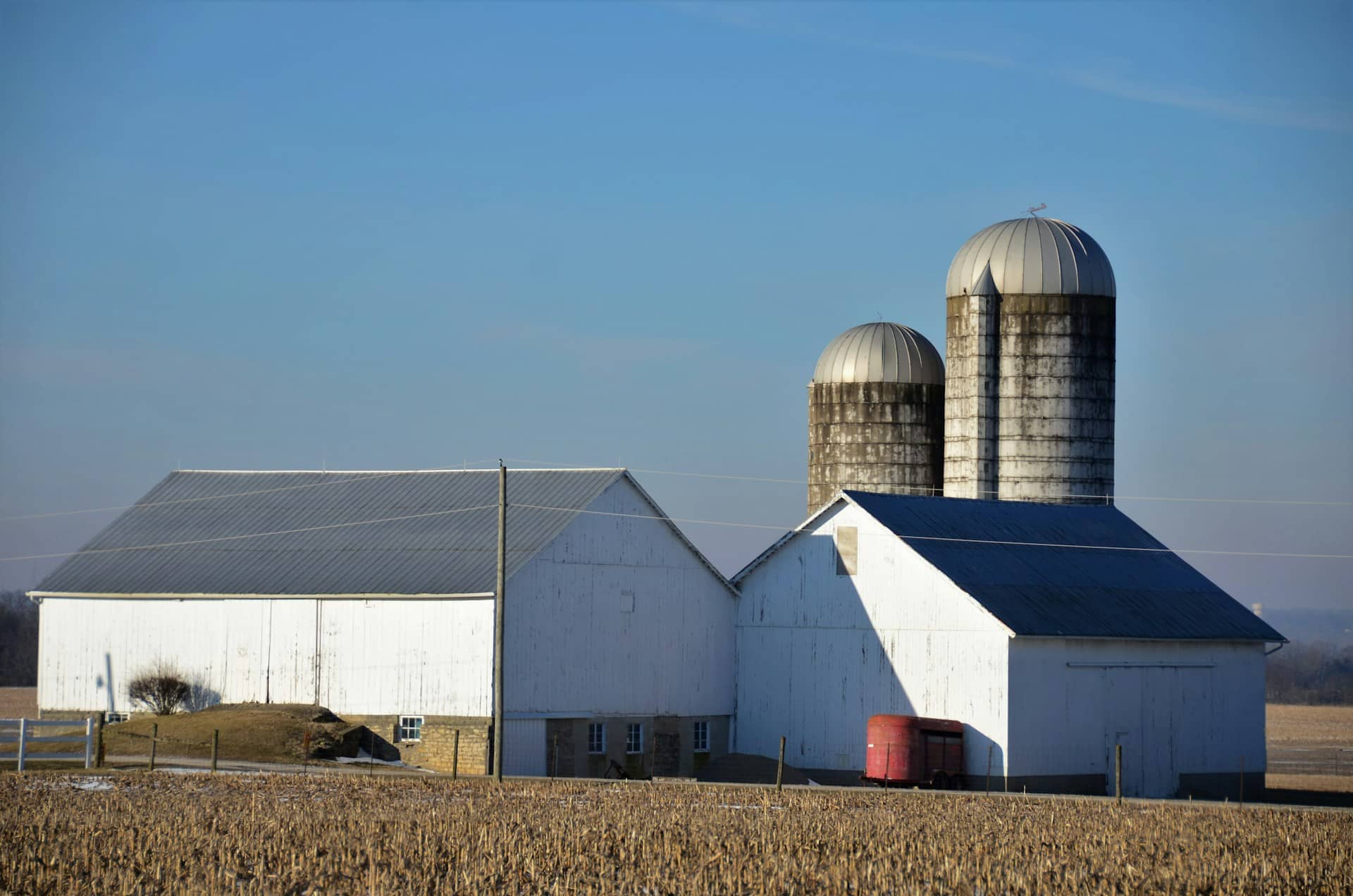As you have no doubt heard by now, an interstate bridge collapsed on a major travel corridor in Washington State. The bridge spans the Skagit River on Interstate 5 near Mount Vernon, Washington. Despite at least two cars plunging into the river, thankfully no casualties resulted. It appears that a south-bound oversized vehicle struck the bridge and triggered the collapse.
This is obviously a shocking and concerning event. Like the I-35W bridge collapse in Minneapolis in 2007, this bridge was also considered “fracture critical,” which means that when a specific part of the bridge fails, the entire bridge is prone to failure. Unlike in Minneapolis, however, the Skagit River Bridge was not considered to be in particularly bad shape. According to the Associated Press, there were 759 bridges in Washington State with a lower sufficiency rating. The bridge was considered “functionally obsolete” – which generally means it doesn’t meet current design standards, not that it’s unsafe – not “structurally deficient” which would indicate some failure of one or more bridge elements.
In other words, the Skagit River Bridge would likely not be at the top or even near the top of a prioritized list of bridges requiring repair in Washington State. At the same time, however, this bridge was certainly past its intended lifespan (it was built in 1955, making it 58 years old) and likely carrying far more vehicles per day than it was originally intended. So if this bridge was not higher on the list of priorities, consider what that says about the rest of the systems bridges.
In 2011, TCS did a report that looked at the state of the nation’s bridges (Bridging the Gap: Redirecting Investments to Fix the Nation's Bridges). Despite improvement to the overall rate of deficient bridges in recent decades, we found that more than 11% of all existing bridges are structurally deficient. In addition, several other factors are likely working against states’ ability improve on this number: Congress recently stripped the requirement that a certain percentage of federal dollars be spent on bridge upkeep; investment overall in transportation is declining; and the nation’s transportation funding is constantly strained because the federal gasoline tax hasn’t been increased since 1993.
The collapse of the Skagit River Bridge is another reminder that maintenance and upkeep of our existing transportation facilities is crucial to the safety and wellbeing of the nation.


